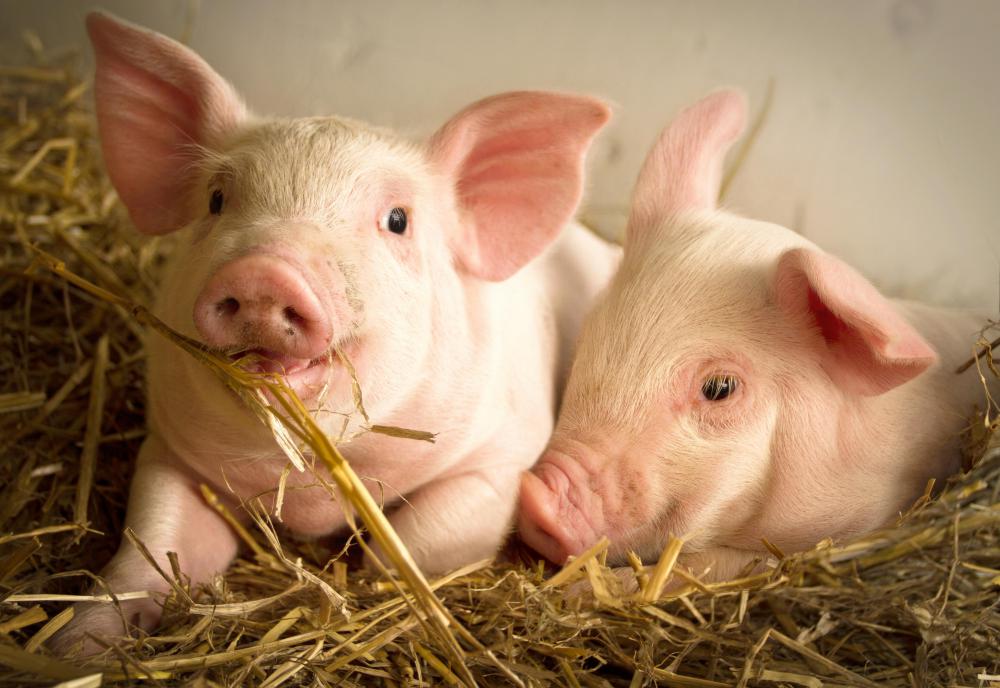At WiseGEEK, we're committed to delivering accurate, trustworthy information. Our expert-authored content is rigorously fact-checked and sourced from credible authorities. Discover how we uphold the highest standards in providing you with reliable knowledge.
What is an Antigenic Shift?
Antigenic shift is one of the methods certain viruses use to evolve and escape the attention of the body's immune system. Antigenic shift occurs when a new host species is exposed to a virus strain it hasn't seen before, through species-to-species transmission, and through reassortment of genetic material. The new host's immune system does not recognize the virus efficiently because the antigens present on the virus are different from previous virus strains to which the host was exposed. The process is most studied in influenza, and is an important factor in the evolution of novel epidemic flu subtypes.
Antigenic shift can be described in one of three ways. Two viruses infecting the same cell can produce gene segments that mix to form a new virus strain. A virus circulating in a particular species can jump directly to a new animal host. Alternatively, a bird virus, for example, can jump to a pig host, and then to a human host.

The influenza virus has three types, A, B and C. Of these types, only influenza A causes severe illness through worldwide infections. Influenza A has two sets of major antigens, neuraminidase (N) and haemagglutinin (H), on the outside of the virus capsule. These are the antigens the immune system recognizes and uses to target the virus for destruction. The viral art of antigenic shift means the virus can swap around these antigens during replication to form a new virus the immune system does not initially recognize.

For example, the 2009 H1N1 flu pandemic was caused by a virus subtype with H1 and N1 antigens. It is believed likely that this flu virus originated from the genetic reassortment of two different swine flu viruses in a pig cell. The U.S. Centers for Disease Control and Prevention said this new flu also had genes from avian and human flu strains, but that these genes were probably circulating in pigs for decades prior to the pandemic as a result of previous antigenic shift. After the antigenic shift in the pig through genetic reassortment, the virus then jumped to infect humans.

The process of antigenic shift should not be confused with another method viruses use to change antigens called antigenic drift. Antigenic drift is the gradual mutation of flu genes that slightly alter the product of the genes. Antigenic drift causes slight differences in viral particles that can also trick the immune system into not recognizing the virus efficiently.
AS FEATURED ON:
AS FEATURED ON:













Discuss this Article
Post your comments